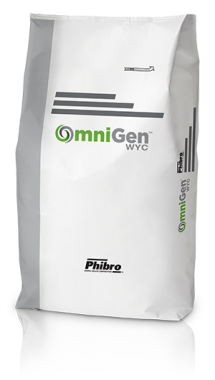Trial Measures RNA Differences When Animals are Fed Various Feed Additives
Study Provides Insights into Immune Function Allowing Greater Understanding of Dairy Cows’ Ability to Defend Against Diseases and Syndromes Like HBS.
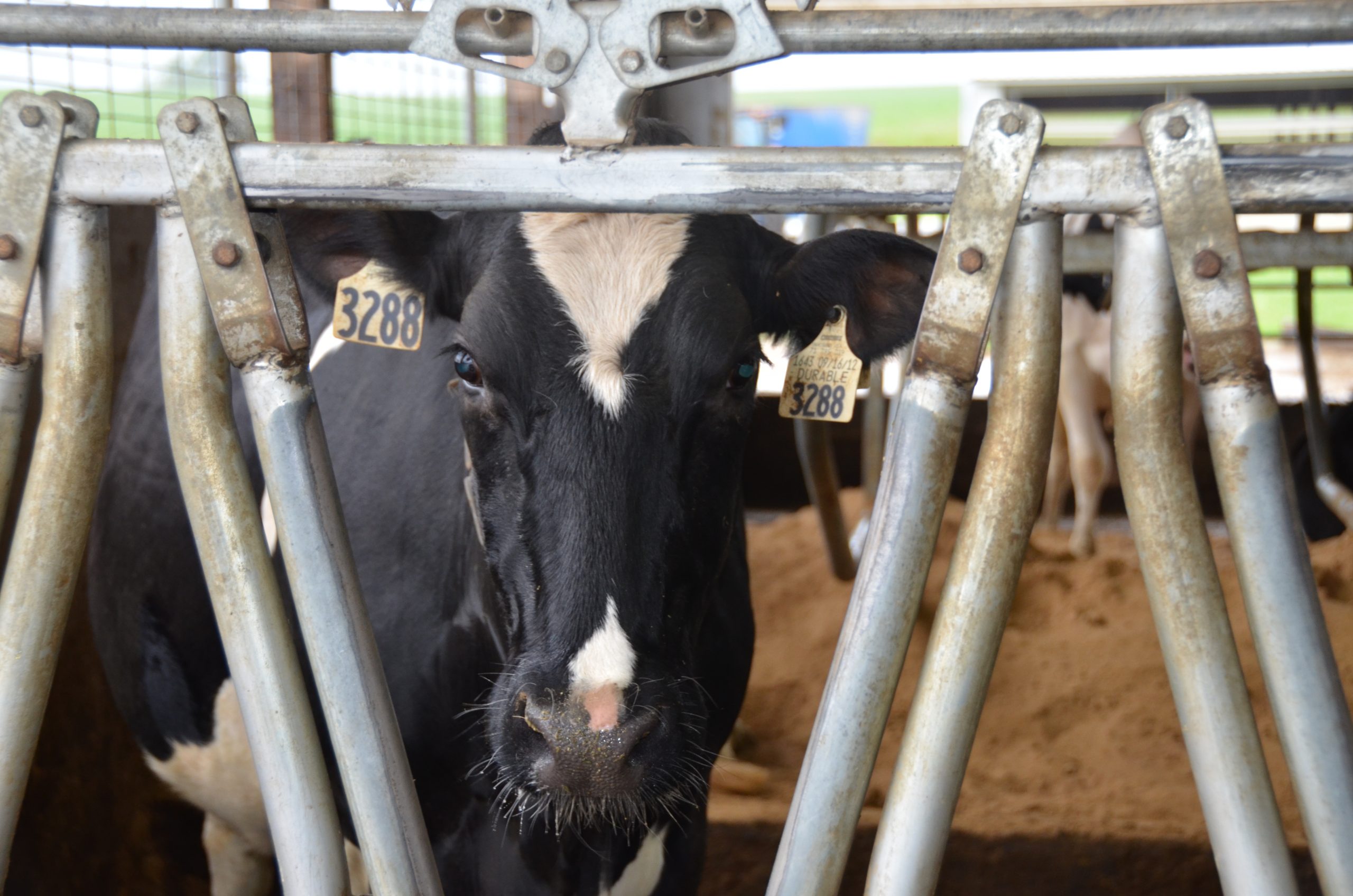
The primary function of animal models is to uncover the causal mechanisms that produce and direct the course of response to disease-causing organisms. The practice of using rodent models in lieu of dairy cattle helps researchers study certain types of feed additives and their impact on markers of immune function.
Previous work has demonstrated that ruminants and rodents fed OmniGen® exhibited similar changes in measured immune markers, including L-selectin (a neutrophil adhesion molecule that supports the movement of neutrophils from blood to tissue), Interleukin 8-receptor (IL-8R, a protein that recognizes the chemokine signal) and Interleukin Converting Enzyme (ICE, the enzyme necessary to convert Pro-Interleukin 1B, a pro-inflammatory cytokine, into its active form so it can ultimately activate macrophages and monocytes to target pathogenic cells for destruction).
The commercial success of OmniGen generated a desire for Phibro Animal Health Corporation’s competitors to develop similar products. But how do they stack up against the original? Using rats, Phibro researchers evaluated several feed additive products to gauge their potential to change markers of immune function — specifically, L-selectin and IL-8R.
Several feed additive products were evaluated in a study conducted with rats during November and December of 20071. After several days of adapting to their surroundings, rats received one of eight treatments at comparable feeding rates of dairy cows. The eight treatments included: OmniGen, six different competitive nutritional specialty products and a control group. The feeding programs were maintained for 13 days, after which animals were weighed and blood was drawn. Neutrophils were isolated from blood samples and RNA was extracted; concentrations of two markers of neutrophil function, L-selection mRNA and IL-8R mRNA, were assessed.
The rats fed OmniGen exhibited statistically significant increases in L-selectin and IL-R, markers of immune function associated with white blood cell recruitment. The other feed additives assessed did not exhibit any statistically significant changes in neutrophil gene expression.
These findings may be applied to future research regarding cow health and the role of immune defense against syndromes like HBS as well as other issues that impact dairy cow health and productivity.
Visit www.theOmniGenDifference.com or contact your local Phibro representative to learn more.
1PAHC Reference OG010820GLB. Available upon request.
OG780721GLB ©2022 Phibro Animal Health Corporation. Phibro, Phibro logo design, Healthy Animals. Healthy Food. Healthy World. and OmniGen are trademarks owned by or licensed to Phibro Animal Health Corporation or its affiliates.
Dairy Cattle Products
Study Provides Insights into Immune Function Allowing Greater Understanding of Dairy Cows’ Ability to Defend Against Diseases and Syndromes Like HBS.





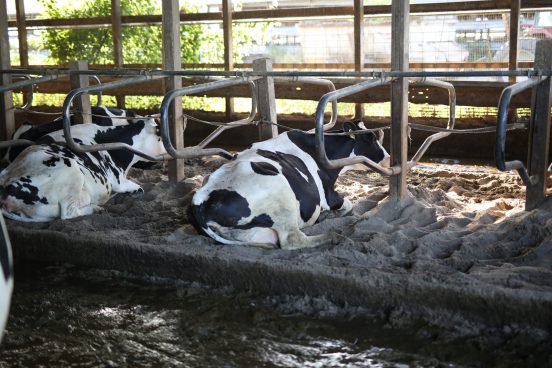
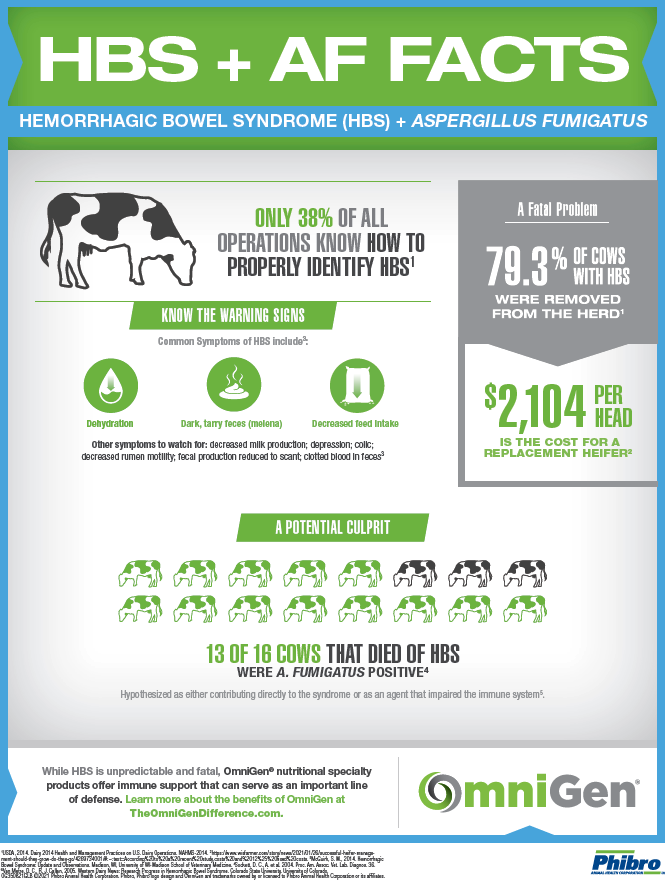
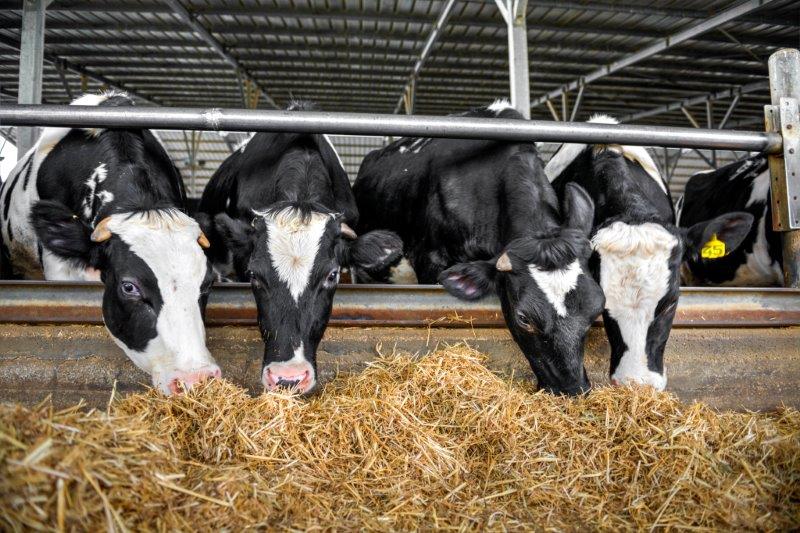
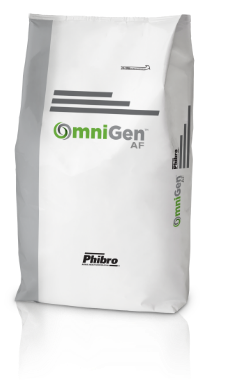
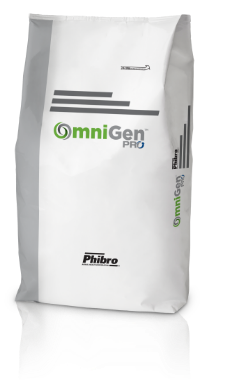
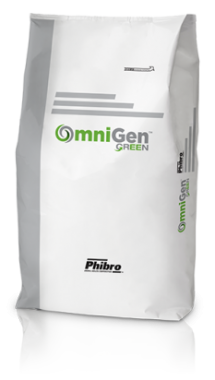
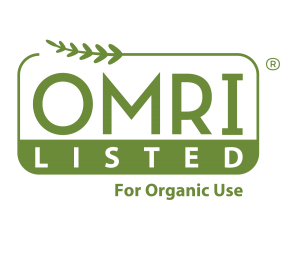 OmniGen Green is Organic Material Review Institute (OMRI) listed.
OmniGen Green is Organic Material Review Institute (OMRI) listed.